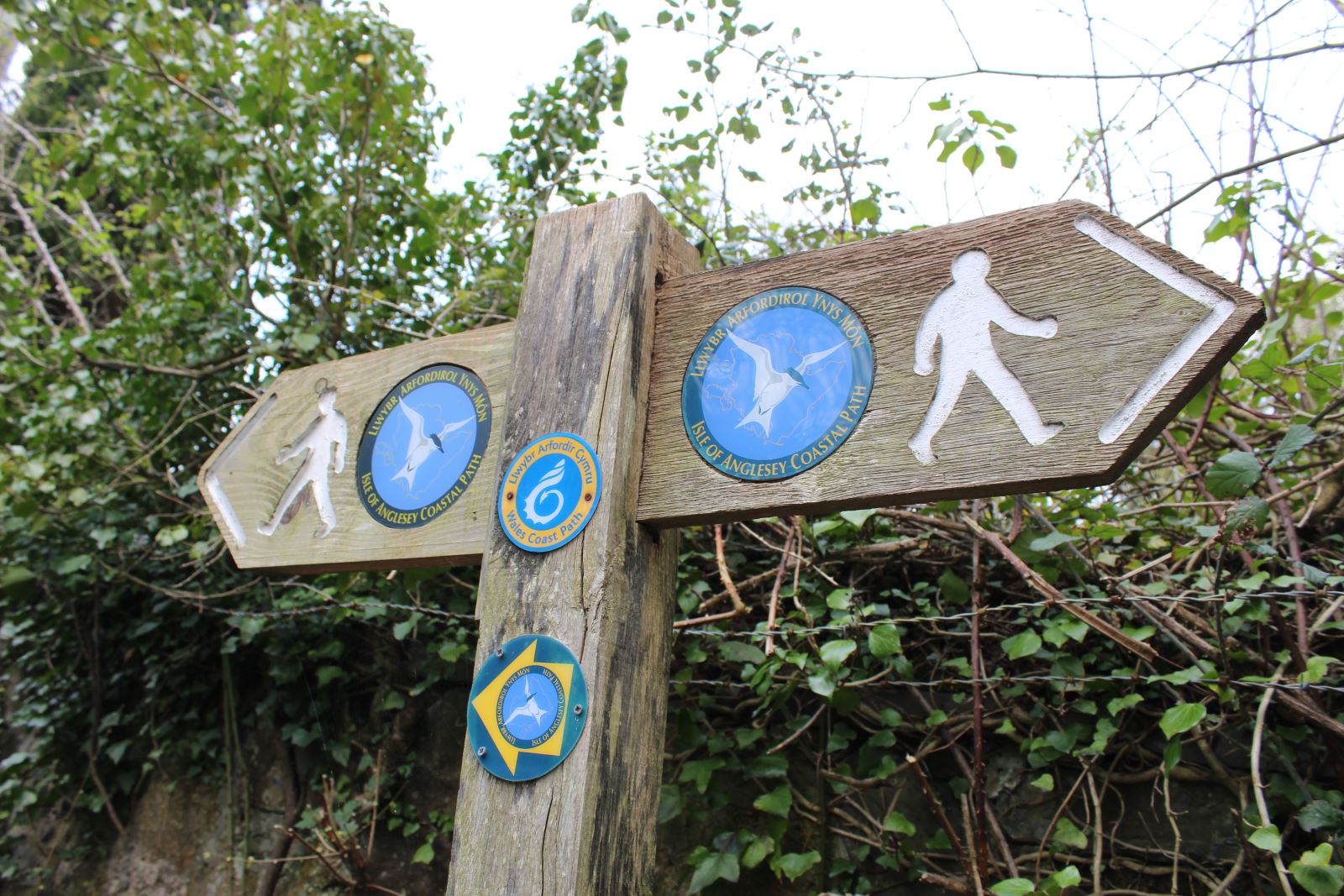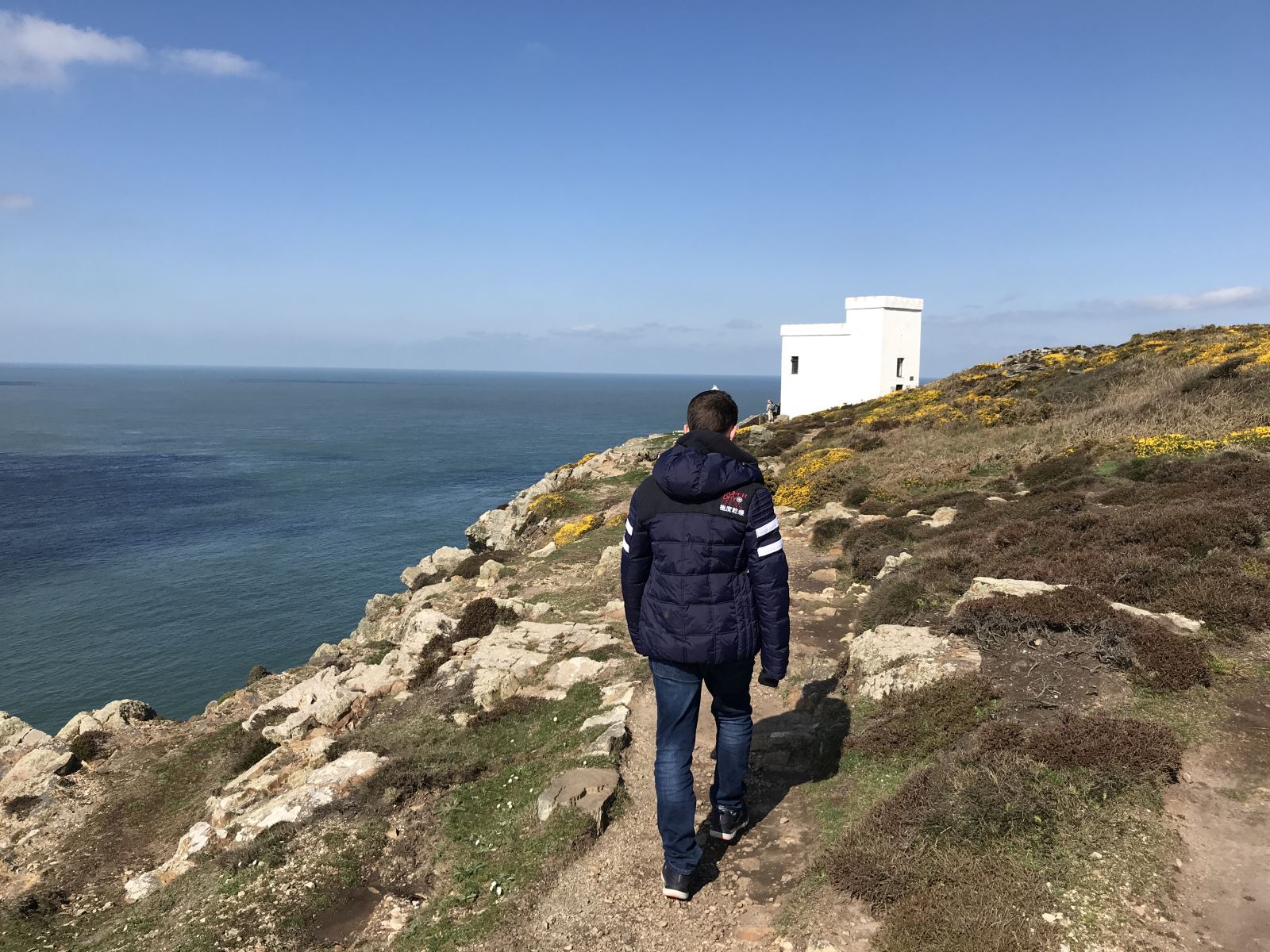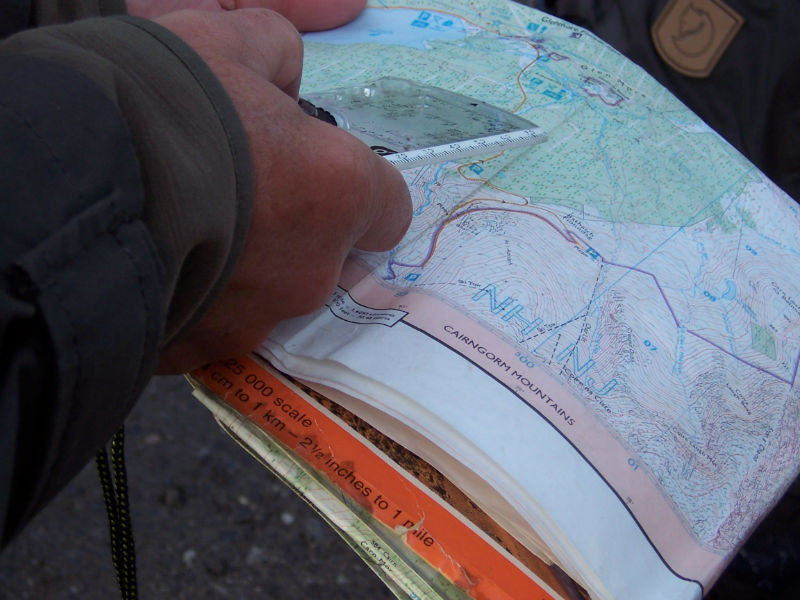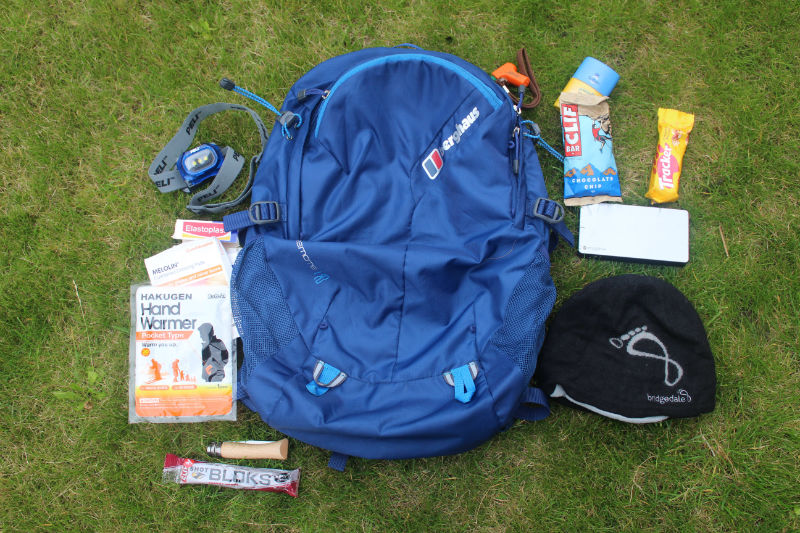The beginner's guide to hillwalking
To get the best out of a day’s walk on the hills, there is a lot of sensible planning to be done before you get into your stride, especially if you're new to hiking. Follow our tips to get yourself properly prepared
PLANNING AHEAD
- Make a list of essentials to always carry with you
- Use websites to gain the latest information about where and when you can go – for example, your intended route might be compromised in a forested area due to tree felling
- If you are in a new town or area, visit the Tourist Information Centre and ask their opinion of your intended route
- Read up on the signs and symbols used in the countryside
- Check the weather before you leave, and keep an eye on it during the day
- If you are uncertain about the conditions, then do not be afraid to turn back
- Carry up-to-date maps or guidebooks
- Follow advice and local signs
- Never deviate off your intended route
- Be prepared for the unexpected
- Always advise friends of your intended route
REMEMBER
- Plan your route and follow signs where appropriate
- Never choose a route that is beyond your navigation skills or experience
- Tell family and friends your intended route and estimated time of return
- Follow the Countryside Code for England and Wales. Outdoor access in Scotland is different
- Always take home what you bring with you, including banana skins, apple cores and waste bags
GENTLY DOES IT
When it comes to planning your day out, decide on what sort of route you fancy, but never be too adventurous to begin with. Common sense dictates that you should start with short, easy walks of no more than two or three miles over a well-marked route. The last thing you need is to be put off by being too adventurous, and then finding yourself in difficulty – or lost! As your body becomes more attuned, you will find that you want to tackle increasing lengths. Make sure this is still over gentle terrain, such as along towpaths or bridleways. You will then gain experience – and greater fitness.
GET FIT FOR THE TASK
Before heading out, make sure that you are fit and in good health. Plan a walk in your neighbourhood. Of course, if you live in a truly urban environment, then the scenery might not be up to much, but at least you will have a good feel for the geography of the area, and the walking will help increase your fitness level without too much worry.
- Take daily walks of 30 minutes
- Walk at around the same time each day
- Cover a set distance each day and monitor how long it takes
- Start each walk at a gentle pace to allow muscles to warm up, and pick up the speed gradually
- Find a walking partner, to make the time more interesting
- Do not push yourself so hard that you become breathless
- Increase your speed gradually by including periods of quick walking
- Walk within your target heart rate (your doctor should help you with this)
- Vary your route and take the odd incline
- Increase the intensity as the weeks progress and as you find your fitness level improves
- Wear a hat and sun cream
- Drink plenty of fluids before and after exercise
- Gently stretch leg muscles after each walk
MAP SKILLS
Once you are ready to progress, it is worth signing up for a map and compass course, as you will need that kind of skill base if you are planning on going off the beaten track. Many walkers will happily take a map with them, but do not know how to read one properly. Always remember to take a map with you, as it will detail the given wider area of your walk, help in finding alternative routes and even short-cuts if the need arises, and, most importantly, be your best friend should you get lost. A map will also help you plan your route, linking the local footpath network. Most walkers prefer to use the Ordnance Survey 1:25,000 Explorer series, which cover the whole of Britain. The maps detail paths and open access areas, and tourist information. Harvey Maps offer a range of alternative walkers’ maps, with detail of popular walking areas and long distance paths. Also check Tourist Information Centres for guidebooks and route maps in the area.
MAKE A NOTE
Before setting out on a hike, particularly if you have gone somewhere for the day, always write a note and tell a relative or friend the location of your vehicle, your intended route, and your expected arrival time. They can alert the relevant authorities, should the need arise. Carry your mobile phone. It might not always work on a hill or in a wooded environment, but it could well prove to be a vital link in times of emergency.
WEATHER WATCH
Remember how fickle the British weather can be, so always be prepared for the worst by carrying appropriate wet weather gear. Add this to your list of essentials that you should prepare before leaving home. Check the weather forecast before you leave home, and if it looks like turning out to be desperately inclement, then stay indoors. There is nothing worse than feeling cold, wet and miserable, and finding yourself miles from the car.
DRESS CODE
Dress appropriately for the conditions. Warm and waterproof clothes are esential if its wet and cold and if it is a lovely summer’s day, wear sun protection clothing, a hat and suncream.
RUCKSACK ESSENTIALS
- Waterproof jacket and trousers
- Hat and gloves
- Food and drink
- Map and compass
- Head torch (plus spare batteries)
- First Aid Kit (including blister pack)
- Spare laces
- Suncream
- Trekking poles
- Camera
- Binoculars

Finished reading?
Want more great tent information? Our "Hillwalking, hiking and trekking: the camping guide" is full of great information and camping advice.
Expert Camping advice to your door!

Camping magazine has been the voice of campers for over 60 years!
Camping is the UK's only magazine devoted to the wonderful world of life under canvas and the freedom it brings. Every issue is packed with inspirational travel, the top camping sites to stay on, reviews of the latest tents, camping gear reviews, practical help and much more to help you get the most out of your camping adventures.
Want to know more about Camping Magazine?
About Camping Magazine











Recent Updates
Camping barbecue: our guide to cooking up a storm this summer
Is there anything more British than sausages grilled on an open flame and dropped on wet grass? Camping and barbecues go hand in hand, which is why ...
Our family camping checklist: everything you need to pack
Sure, you’ve packed the tent and the sleeping bags – but what about slip-on shoes and glow sticks? These are ...
Our guide to planning the perfect camping road trip
Roll down the window, pop on those shades and crank up the volume – it’s time for a road trip. Get ready for ...
Camping in Europe: our 12 top tips
If you’ve not camped in Europe before, there’s a few tips and tricks you’ll need to avoid some continental ...
Solar power for camping: all you need to know
Staying connected in the great outdoors is easier than ever with a solar charger – or is it? How reliable are ...
Wild camping kit list: everything you need for your next adventure
Make sure you’re ready for anything with this list of lightweight camping gear and clothing, including ...
Camping furniture: all you need to know to make your tent a cosy haven
We delve into the essentials of camping chairs, camping tables, and kitchen and bedroom furniture, ensuring ...
Camping lights for tents: What you need to know
We will guide you through all the lighting options available for you and your tent, including interior ...
Camping kitchen: all you need to know
In the great outdoors, a well-equipped camping kitchen transforms mealtime into a delightful adventure ...
How to pack away your camping gear for winter
A complete guide to packing and storing your gear at the end of the season ...
Other Articles
Camping guide to trailers
Trailer stash or trailer trash? Being able to carry lots of other gear when you go camping isn’t such a bad idea, is it? Nick Harding looks at the ...
Winter camping: all you need to know to keep warm
Winter doesn’t have to mean the end of the camping season. With good preparation and the right gear, there’s ...
Camping toilets: a complete guide
If you are wild camping, camping off-grid or the campsite you book onto doesn’t have toilet facilities, you ...
Top tips for camping in windy weather
How to make sure your tent stands up to gusty conditions ...
Camping tents: a complete guide
If you're considering buying a camping tent, whether it's your first time or you're a seasoned camper, making ...
Camping sleeping bags and beds: a complete guide
When it comes to camping, there's one essential item that can make or break your outdoor adventure: the ...
Camping gas: how to use gas on the campsite
A complete guide to using camping gas appliances safely on the campsite, from choosing the right stove to ...
Camping storage: a complete guide
Having problems knowing where to put all your gear when you're camping? Read our top tips and see some great ...
Camping electric hook-up: a complete guide
This is everything you need to know about using electricity on a campsite, including how to hook up ...
How to pack all your camping gear into your car
Planning a family camping holiday? Find out the best way to fit all the kit you need into your car boot, roof ...